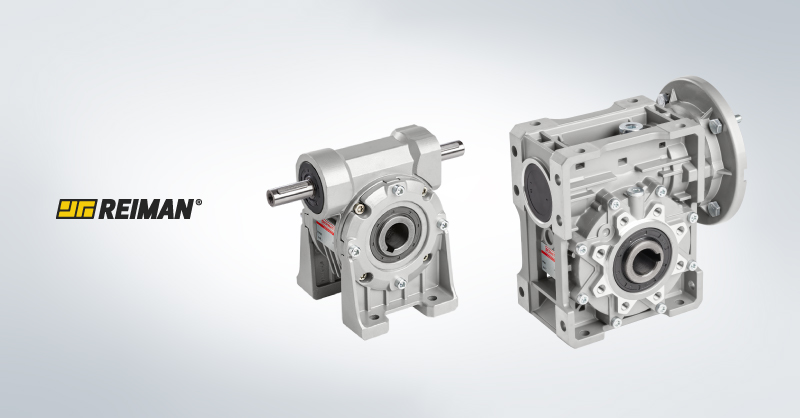We use cookies to make your experience better. To comply with the new e-Privacy directive, we need to ask for your consent to set the cookies. Learn more.
What is the irreversibility of a gearbox

What is the irreversibility of a gearbox
Sometimes there are particular applications wich require complete reversibility, sometimes complete irreversibility of the worm and wheel gearbox.
Therefore, this is why it is important to explain the behaviour of a worm and wheel gearbox when the rotation speed of the worm s reduced on the worm wheel.
The reversibility or irreversibility of a worm earbox is influenced by its efficiency, which in turn depends on the following parameters:
- Helix angle (γ)
- Machining precision
- Surface finish
- Sliding speed
As a general definition, the reversibility of a gearbox is detemined by the inability of the gearbox itself to move from the slower part of the body under the effect of the resisting load, wich has become a motor load.
Dynamic perfomance has improved as a result of better meshing of the worm and worm wheel profiles, due to the introduction, in various sizes, of the "ZI" profile (evolutionary type), as well as the use of tapered bearings on the input shaft and lubrification with oil instead of grease.
the efficiency of the thoothed profiles is the most relevant factor in determinating the gearbox's overall efficincy and is to a large extent lilnked to the helix angle of the profiles. Low irreversibility requires large helix angles, wich corresponds to higher efficiency.
In order to obtain the appropriate solution for the requirements of a given application requiring more or less pronounced irreversibility characteristics, it is crucial to examine the difference between static irreversibility and dynamic irreversibility.
Static irreversibility
In ball bearings, a radial load means that the bearing will rotate or roll under tension, while the movement of an axial load depends on the force and angle.
Characteristics / Advantages of ball bearings:
- Reducedcost;
- Has one point of contact;
- More effective when the force applied to the bearing is perpendicular to its axis of rotation;
- Requires less maintenance relative to roller bearings.
Roller bearings
The bearing in roller bearings reduces friction to allow rotation of heavy radial loads and limited axial loads (no thrust load).
Roller bearings are often used for heavier loads than ball bearings and as a result, roller bearings can be found in many heavy industrial equipment such as pumps, turbines and fans. Ball bearings are more common than roller bearings, especially when it comes to objects that can be found at home.
Features / Advantages of Cylindrical Roller Bearings:
- Can withstand highloads;
- Contains a contact;
- Designed for long service life;
- Can withstand higher speeds when enclosed;
- High robustness.
Tappered roller bearings
Tapered roller bearings support radial and axial loads, which makes them much more versatile. This type of bearing can support very high loads and angular misalignment between the inner and outer rings. They are suitable for vehicle transmissions and machine spindles.
In a tapered roller bearing, the rings and rollers have a tapered shape to support axial and radial loads simultaneously. The ratio of the loads depends on the angle of the shafts between the roller and the bearing. The greater the angle, the greater the axial load that can be supported. The contact angle for most tapered roller bearings ranges between 10 and 16 degrees. For greater thrust load capacity, a contact angle of 30 degrees is used.
Tapered roller bearings are mounted in pairs as they handle radial loads better than a single row of roller bearings for heavy duty applications, two or four rows of tapered rollers are combined into a single unit in large bearings.
Main features:
- Can withstand high loads;
- High rigidity;
- Low friction;
- Design for long service life;
- High degree of reliability.
Para mais informações contacte a equipa especializada da Reiman.

